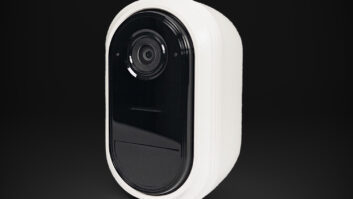Boston — Unlike the famous “missile gap” that preoccupied the 1960 presidential election, the cellphone energy gap is for real, Strategy Analytics contended.
Improved cellphone power consumption and battery lives will not offset the growing usage of cellphones for Web browsing, navigation and other activities, the company concluded in a report. By 2014, Web browsing, navigation and social networking will consume 30 percent of a phone’s “battery budget,” up from 9 percent in 2008. With battery capacity having increased only 4 percent per year during the past three years, future gains of that scale will fall “far short of what is needed.”
Because of the power-hungry applications, Strategy Analytics forecast an annual 4.8 percent reduction per year in the average time between charges between now and 2015. “Much of this is due to the growing penetration of features like Web browsing, navigation and social networking,” said Stuart Robinson, company director of Handset Component Technologies. “Speed-charging solutions using ultra-capacitors will not increase the total energy stored in cellphone batteries but may ease the pain associated with having to recharge more often.”
The company also predicted that future silver-zinc and hydrogen-fuel-cell solutions will most likely replace lithium-ion battery technology sometime in the future.
This study also found that the growing smartphone market is putting the most pressure on battery budgets because users tend have access to more applications and tend to use them more.













